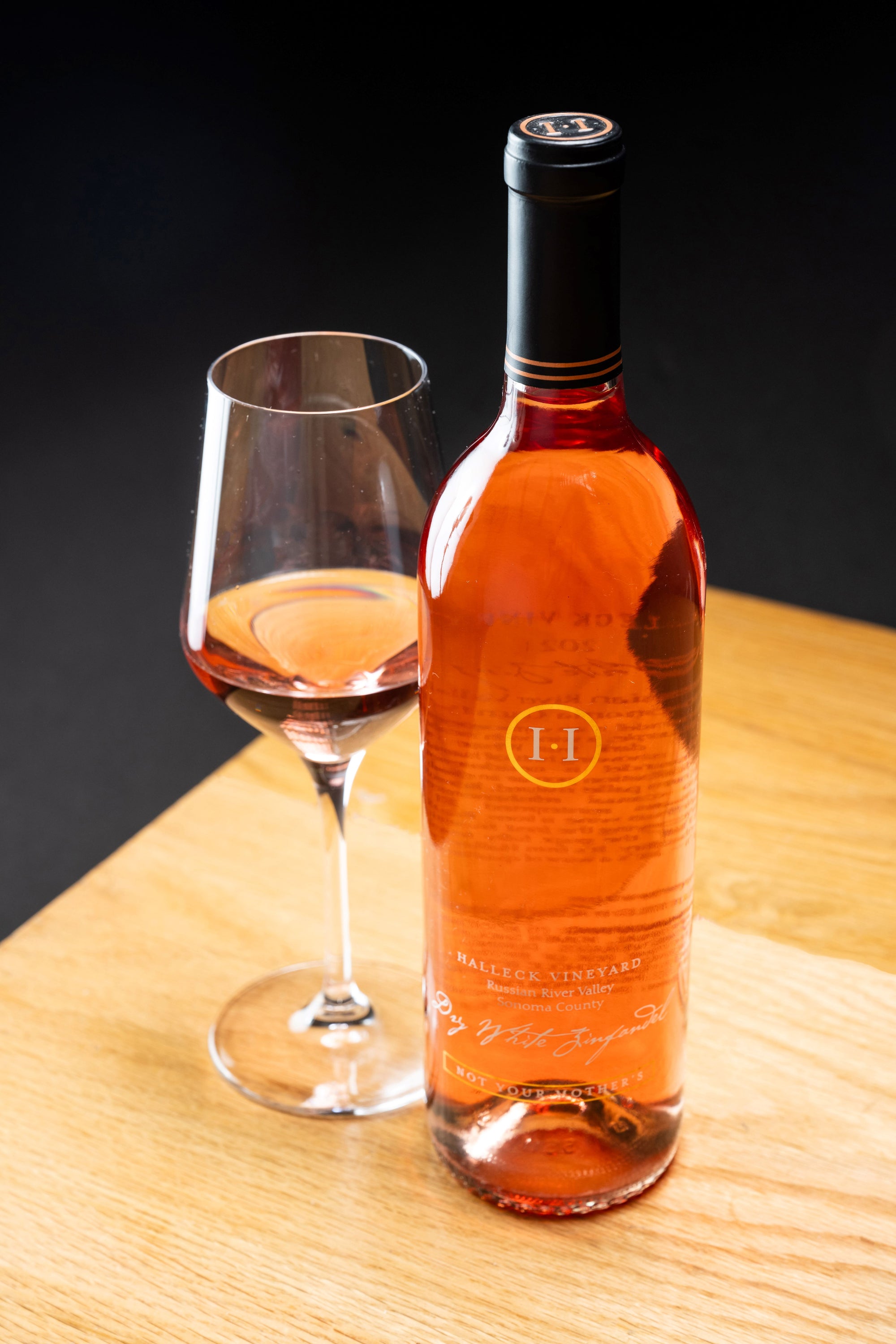Savor Unique Wine Tastings in Sebastopol 95405
Understanding the nuanced vocabulary related to winery wine tasting is essential for both novices and seasoned connoisseurs alike. Each term brings to life the experience of tasting wine and may improve one’s appreciation of the numerous intricacies involved. Wine tasting is more than just consuming; it's an art that entails varied senses and emotions.
To start with, the term "nostril" refers back to the aromas one detects when smelling the wine. This is a crucial step because the bouquet units the stage for the tasting experience. Notes of fruit, spice, earth, and wooden could mingle, offering a glimpse of what the palate may confirm. Understanding "nosing" the wine can dramatically elevate one's sensory journey.
Another key aspect is the term "body." The body of the wine describes its weight and fullness on the palate. A full-bodied wine has a robust presence and tends to linger longer after swallowing. Conversely, light-bodied wines could really feel extra delicate and refreshing. Recognizing the physique helps tasters assess the wine's construction and stability.
Explore Secret Wineries in Sebastopol 95407
The idea of "tannins" is important in red wine tasting. Tannins are compounds derived from grape skins, seeds, and stems, contributing to a wine's texture and growing older potential. Excessive tannin wines usually lead to a dry mouthfeel, while lower tannin levels yield a smoother experience. This distinction is particularly essential when pairing wines with food, as tannins can both complement or conflict with sure dishes.
In addition to tannins, "acidity" plays a significant position in the wine tasting experience. Acidity provides wine its crispness and liveliness - Premier Wine Tasting Experiences in the Russian River Valley. Wines with higher acidity are usually refreshing and energizing, making them excellent companions for a wide selection of meals. Recognizing acidity can drastically improve one’s food-pairing capabilities and overall tasting enjoyment.
When delving into the flavor profile of a wine, one could encounter the term "finish." The end refers again to the aftertaste that lingers within the mouth after swallowing. A lengthy finish is usually related to high-quality wines, as it signifies complexity and depth. A brief end may recommend a less complicated wine. Understanding the means to evaluate the finish can reveal a lot a couple of wine's character.
Exploring the "vintage" can also be integral to wine tasting terminology. The vintage denotes the yr during which the grapes were harvested. Totally Different years can yield vastly totally different outcomes due to variations in local weather situations. For instance, a hot summer time can produce extra concentrated flavors, while a cooler yr would possibly yield extra subtle, nuanced wines. Understanding vintage allows for a deeper appreciation of a wine’s origin and potential.
A Journey Through the Scenic Wineries of Sonoma County
The term "terroir" encompasses the geographical and environmental factors that contribute to a wine's distinctive character. Factors corresponding to soil sort, local weather, elevation, and topography all play a task within the flavor and quality of the wine. This connection to position helps one understand why wines from completely different areas can taste so distinctively totally different, even when created from the identical grape selection (Discover Sustainable Wine Practices in Sonoma County).
When engaging with wines, the phrase "leg" refers to the droplets that kind on the within of the glass after swirling. These droplets can indicate the wine's alcohol content and viscosity. Whereas observing the legs won't directly relate to the wine’s style, it provides to the general experience and intrigue of wine tasting less clear.
Private Wine Tours: Discover Hidden Treasures 95403
A more specific term which will come up throughout tastings is "oak." The affect of oak barrels on wine can impart flavors similar to vanilla, toast, or spice. The diploma of oak getting older can range extensively among wines, affecting both aroma and taste. Understanding oak treatment provides insights into the winemaker’s choices and the resulting complexity of the wine.
In wine tasting, one might also hear the term "palate." The palate refers to the total style experience within the mouth. This encompasses sweetness, bitterness, acidity, and body. A well-balanced palate is important for a harmonious tasting experience, and recognizing any imbalances helps assess the quality of the wine.
The experience of wine tasting is greatly enriched by understanding the terminology that accompanies it. Each term serves a function, enhancing the flexibility to convey ideas and feelings concerning the wine one's experiencing. This vocabulary bridges communication between tasters, sommeliers, and winemakers alike.
To fully take pleasure in wine tasting, it is important to have interaction all senses. The sight of the wine, its shade, and readability can provide insight into its age and quality. Swirling the wine releases aromas that heighten the olfactory experience, while the precise tasting permits for a whole analysis of the wine's profile.
Sommelier's Guide to Tasting the Wines of Sonoma
In conclusion, understanding the detailed clarification of winery wine tasting terminology greatly enhances the experience of tasting. Each term invites the taster to interact more deeply with the wine, encouraging connections to the senses, the winemakers, and the lands the place the grapes are grown. This nuanced vocabulary creates a richer, extra fulfilling Local specialties in Sonoma County wines wine tasting experience.
- Aroma refers to the scents launched by the wine, which might point out its grape selection and affect the tasting experience.
- Tannins are pure compounds present in grape skins, seeds, and stems, contributing to the wine's construction and aging potential.
- A finish, or aftertaste, is the lingering flavor sensation that remains on the palate after swallowing, often a key indicator of quality.
- Body describes the load and fullness of wine in the mouth, usually categorized as light, medium, or full-bodied.
- Terroir denotes the unique environmental characteristics of a vineyard that affect the taste and quality of the wine, together with soil kind and local weather.
- Acidity is a crucial element that contributes to a wine's freshness and stability, impacting its growing older capability and overall flavor profile.
- Vintage indicates the 12 months grapes had been harvested and performs a major position in determining the wine's characteristics, reflecting specific weather conditions.
- Decanting entails pouring wine from its bottle into one other vessel, allowing it to aerate and enhancing its flavors and aromas.
- A corked wine could also be tainted by a faulty cork, leading to musty or off-putting flavors that detract from the wine's meant profile.
- The term “legs” refers again to the droplets that cling to the inside of a glass after swirling, often related to the wine's alcohol content material and viscosity.undefinedWhat is the which means of "nose" in wine tasting?undefinedThe "nose" refers to the aroma profile of the wine, which is detected through the sense of odor. It's an essential aspect of wine tasting, as aromas can reveal so much in regards to the grape variety, winemaking process, and getting older.
How ought to I properly style wine?undefinedTo style wine successfully, follow these steps: observe the color, swirl the wine to aerate it, take a delicate sniff to capture the aromas, sip and let it coat your palate, and finally, note the end. This strategy helps in appreciating the wine’s complexity.
What are "tannins" and the way do they affect wine?undefinedTannins are natural compounds present in grape skins, seeds, and stems that contribute to a wine's construction and astringency. They can create a drying sensation in the mouth, they usually additionally play a job within the wine's aging potential.
Uncover the Vineyards in Sebastopol for Exceptional Wine Tasting
What does the term "steadiness" mean in wine tasting?undefinedSteadiness refers again to the harmony between the completely different elements of a wine, corresponding to acidity, sweetness, alcohol, tannin, and flavor intensity. A well-balanced wine could have each of those elements supporting each other rather than overpowering the others.
What is the significance of "terroir" in wine tasting?undefinedTerroir encompasses the environmental factors—such as soil, climate, and geography—that affect the characteristics of the wine produced in a particular area. Understanding terroir helps tasters appreciate the distinctive qualities that different areas impart to their wines.
What does "vintage" imply and why is it important?undefined"Vintage" indicates the yr when the grapes had been harvested. It is crucial because it impacts the wine’s quality and traits, as weather circumstances during the growing season can considerably influence flavor profiles and aromatics.
What are "legs" and what do they signify?undefined"Legs" check with the droplets that form and run down the inside of a glass after swirling wine. website here Whereas they can indicate alcohol content material and viscosity, they do not determine quality—this is extra about personal perception of richness.
Relax with Scenic Views while Tasting Fine Wines

What does "full-bodied" imply versus "light-bodied"?undefined"Full-bodied" wines are wealthy, dense, and sometimes have higher alcohol content material and complicated flavor profiles, whereas "light-bodied" wines are more delicate and refreshing with a lower alcohol content material. This distinction helps tasters perceive the expected weight and mouthfeel of the wine.
How can I establish fruit flavors in wine?undefinedTo establish fruit flavors, think about the aroma and style profiles. Swirl the wine, inhale deeply to capture the bouquet, and concentrate on particular characteristics. Familiarity with typical fruit profiles of assorted grape varieties can enhance this identification course of.
What is "end" in wine tasting?undefinedThe "finish" refers again to the aftertaste that lingers in the mouth after swallowing. A lengthy, complicated end is usually an indication of quality in a wine, because it reflects the depth of flavor and total craftsmanship in the winemaking course of.
 Ariana Richards Then & Now!
Ariana Richards Then & Now! Ben Savage Then & Now!
Ben Savage Then & Now! Bug Hall Then & Now!
Bug Hall Then & Now! Amanda Bearse Then & Now!
Amanda Bearse Then & Now! Bill Cosby Then & Now!
Bill Cosby Then & Now!